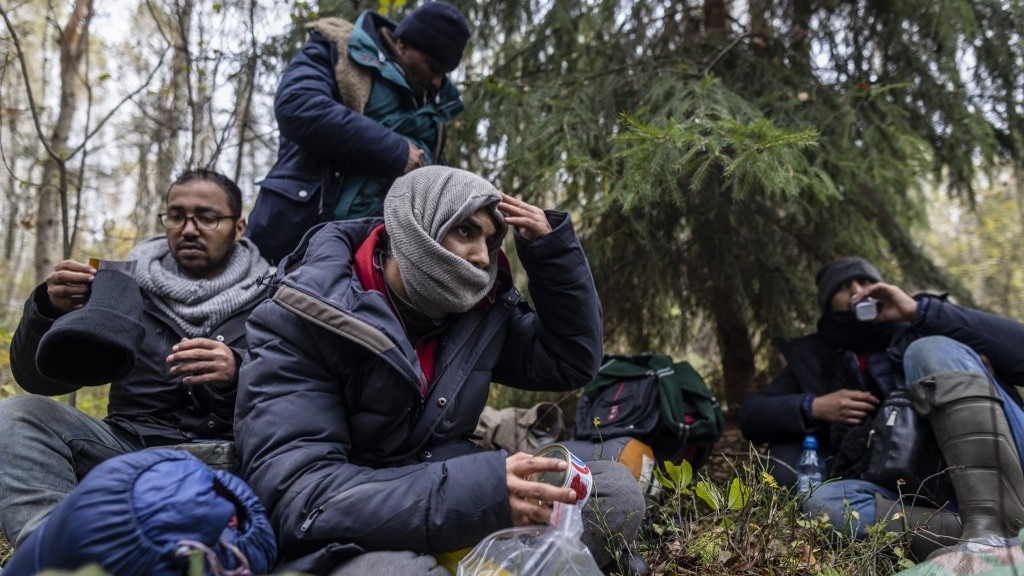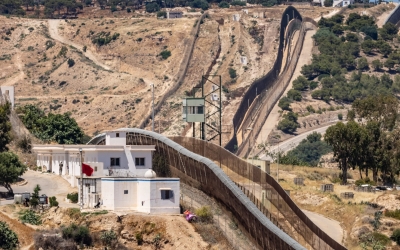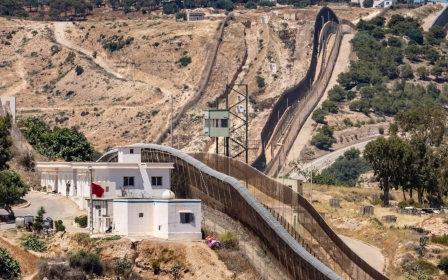Migrant deaths in Mena highest since 2017, says report

Nearly 3,800 people died on migration routes within and from the Middle East and North Africa (Mena) region last year, the highest number since 2017, according to new data from the International Organisation for Migration’s (IOM) Missing Migrants Project (MMP).
Last year, the number of recorded deaths was 3,789, which was 11 percent higher than the previous year. In 2017, the number of recorded deaths was 4,255.
According to the report, 203 deaths were recorded on the Sahara Desert crossing, while an additional 825 deaths occurred on Middle Eastern land routes.
Most deaths on land routes in the Middle East region last year occurred in Yemen. Of the 867 deaths recorded on the Horn of Africa-Yemen crossing, at least 795 people, who were believed to be mostly Ethiopians, lost their lives on the route between Yemen and Saudi Arabia.
“This alarming death toll on migration routes within and from the Mena region demands immediate attention and concerted efforts to enhance the safety and protection of migrants,” Othman Belbeisi, IOM Mena regional director, said.
In North Africa, Libya registered the highest number of deaths on land routes, with 117 fatalities. This was followed by 54 deaths in Algeria, 13 deaths in Morocco, 10 deaths in Tunisia, and nine deaths in Egypt.
“Our data shows that 92 percent of people dying on this route remain unidentified,” Koko Warner, the director of the Global Data Institute hosting the MMP, said.
“The tragic loss of life on dangerous migration routes highlights the importance of data and analysis in driving action.”
On sea routes from the region to Europe, IOM recorded an increase in deaths on boats travelling to Greece and Italy from Lebanon.
"As many as 84 percent of those who perished along sea routes remain unidentified, leaving desperate families in search of answers," the IOM report said.
According to the report, the actual number of deaths on migratory routes within and from the Mena region is likely to be higher than the reported number because of the scarcity of official data and limited access to land routes for civil society and international organisations.
“The continuing death toll and struggle to document these deaths is an echo of the agony of families of missing migrants, many of whom are unable to find answers about the fate of their loved ones,” the report said.
“The data presented in this briefing should be understood as human beings, who died in preventable tragedies.”
This article is available in French on Middle East Eye French edition.
Middle East Eye propose une couverture et une analyse indépendantes et incomparables du Moyen-Orient, de l’Afrique du Nord et d’autres régions du monde. Pour en savoir plus sur la reprise de ce contenu et les frais qui s’appliquent, veuillez remplir ce formulaire [en anglais]. Pour en savoir plus sur MEE, cliquez ici [en anglais].





